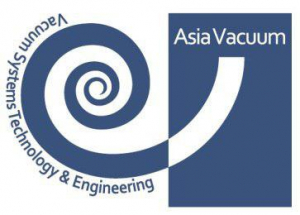What is a lobe blower?
Rotary lobe blowers with pressure to 1,000 mbar (g), vacuum to 100 mbar (a) & air flow to 25,000 m³/h
Wide range of models, sizes, options, and configurations available
Optimal performance and maximum uptime with consistent quality and reliability in every application
The range of Robuschi Rotary Lobe Blowers has been reinvented, focusing on delivering exacting customer requirements.
Robuschi rotary lobe blowers are available at varying pressures above atmospheric up to 1,000 mbar (g) and for vacuum duties up to 100 mbar (a) along with maximum air flow of 25,000 m³/h.
There is a rotary lobe vacuum product for just about any industrial requirement.
Functionality of the “Roots” Positive Displacement Blowers
The basic principle is as follows: the process starts with air flowing from the inlet port into the element chamber. The timed rotation of the rotors against the wall of the chamber creates so-called “air flow direction”. There is still atmospheric pressure in these chambers.
As soon as the first lobe passes the opening to the pressure side, the system pressure is adjusted. This is called isochoric compression. The rotors seal each other off to the inside, which prevents a change of pressure.
What is a lobe blower?
Compression Principle
The performance of the compression principle is as follows. Positive displacement blowers operate using the isochoric compression principle, also known as external compression. The pressure increase is achieved by intermittently transporting a gaseous medium (e.g. atmospheric air) into a system. By forcing the medium from atmospheric conditions into a system with a given resistance (e.g. a water column, distribution network), the relevant pressure increase is achieved. The blower will operate at a controlled output level to overcome this resistance.
Positive displacement blowers are made up of two or three conjugate lobe shaped rotors which rotate inside a pre-machined chamber. The chamber is sealed by the rotating rotors. The rotors are synchronised by means of a timing 1:1 gear ratio, positioned at the end of the shafts. Bearings are positioned externally to the compression chamber with an oil lubricated system. The drive shafts have labyrinth style oil seals, so called because of the labyrinth of grooves that the oil must pass through. The splash lubrication system uses a fine mist of oil for lubrication.
Our products include vacuum pumps, screw compressors, and lobe compressors, and we can deliver the rotary lobe compressor to meet and exceed your application requirements. Our systems have a reputation for being low maintenance.
